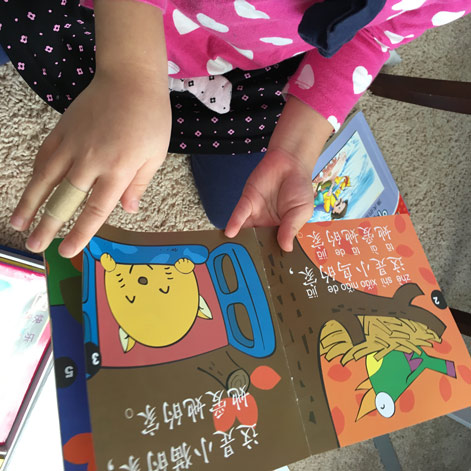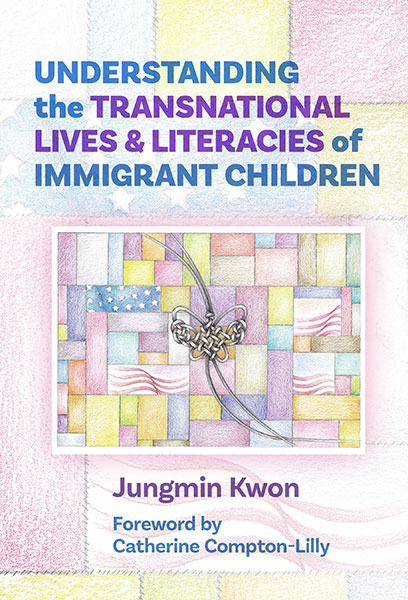A new book by Assistant Professor Jungmin Kwon highlights how immigrant children and families today are transnational: flexibly crossing languages, cultures and countries and building and maintaining connections with their homes, homelands and more.

“In the past, most discussions on immigrants were limited to their experiences within the U.S. People may assume that immigrants leave their home countries permanently when they settle in the U.S.,” said Kwon, who joined the Department of Teacher Education in 2020. “This is not the case. Rather, immigrants take part in numerous sociocultural, political, cultural and economic activities that help them build connections and cross geographic borders.”
The book—”Understanding the Transnational Lives and Literacies of Immigrant Children” (Teachers College Press, 2022)—builds off work Kwon completed for her dissertation at Teachers College, Columbia University, as well as ongoing research she is conducting at Michigan State University. It includes not only insights and observations from Kwon, but from the children featured throughout the book who have roots in the U.S. and South Korea, China and Singapore. In many cases, Kwon traveled with the children and their families as they traveled to and from their home cultures. Throughout the book are self-portraits, drawings, photographs and more, created by or depicting immigrant children during conversations they had with Kwon.

Readers, Kwon hopes, will use these to better understand the multimodal ways in which children represent themselves and engage in meaning-making—and use those insights to transform teaching.
In addition to the connections she made with the children and the families, the book also has deep personal connections for Kwon.
Kwon—who recently received the Early Career Award from the American Educational Research Association’s Critical Perspectives in Early Childhood Education special interest group—is the mother of a second-generation immigrant child who lives in the U.S., and her mother (who still resides in South Korea) illustrated the cover of the book.
“One of my dreams as an academic was to write a book on immigrant children, but I always imagined my mother would draw the cover,” said Kwon. The result is a tapestry of cultures and connections.
Featured on the cover is a Korean knot, or maedeup, in the shape of a butterfly. There are several intricate designs, such as a strawberry or a chrysanthemum, connected to this traditional craft, which is used contemporarily as art or accessories to show the ties across generations. The butterfly knot is also called a nabi knot.
Behind the knot is a depiction of a traditional Korean quilt in the jogakbo style, a patchwork of colorful pieces of cloth. The colors are bright and interspersed with glimpses of the U.S. flag.
“I want readers to learn the importance of positioning immigrant children as multilingual and transnational experts and actively use that knowledge and those lived experiences as resources within the K-12 classroom,” Kwon said of the book. “I hope people imagine what we, as researchers, can learn if we pay attention to not just a single research site, but multiple contexts—school, home, library—and countries.”





